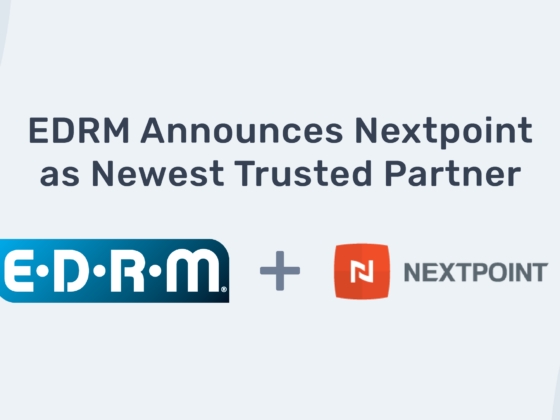There is a lot of scary talk in the industry about a ‘data deluge’ overwhelming litigation. But the real issue that no one wants to acknowledge is that traditional eDiscovery technology simply doesn’t scale well enough to handle the exploding data requirements of discovery.
The first thing to understand is that eDiscovery data requirements will not be getting any smaller. We’ve discussed Moore’s Law before, but the gist of it is that data volumes double every 2 years along with other computational resources.
So that means if an average case for you involves processing and reviewing 100 gigabytes of data today, by 2020 your average case will be 1.6 terabytes of data. Just think what that will do to the big cases. Today’s tools don’t really do a good job of managing 100GB of data.
eDiscovery Technology Scaling
Scale is probably a term you’ve been hearing a lot lately. It references computational scalability, or a systems’ ability to grow to accommodate larger workloads. We chose to build the Nextpoint platform in the cloud years ago because we recognized that you need to fight fire with fire.
The cloud exists and people are increasingly using cloud-based tools for creating data at ever-increasing rates. Consider what Gmail has done to inbox sizes. Or perhaps consider all of the data that is being published to the web via social media platforms like Facebook, Twitter, YouTube, and Instragram. It’s hard to believe that data won’t AT LEAST double in the next two years.
Building a Better eDiscovery Technology Mousetrap
So if you want to build a system that can accommodate those large data volumes, you had better not try to build it on the previous generation of technology. To be clear, when we say cloud we don’t mean “web-based.” We’re talking about grid computing with virtual machines running in humungous data centers.
If somebody is selling you a cloud-based solution, it needs to meet the following criteria or you really won’t be able to handle the growing demand that you’re sure to face.
Wikipedia has a great overview of the characteristics of cloud computing applications. The list includes:
- Empowerment of end-users by putting resources in their control.
- Application Programming Interfaces (APIs) enable any device to run cloud software. (Cloud computing systems typically use REST-based APIs.)
- Capital expenditure is converted to operational expenditure, lowering startup costs.
- Device and location independence lets users access applications through a web browser regardless of their location.
- Virtualization allows servers and storage devices to be shared so users only pay for resources as needed.
- Multi-tenancy enables a single application to serve multiple customers.
- Improved reliability thanks to backups and redundant server locations.
- Performance monitoring and provisioning of resources allows for efficient management.
- Centralized data storage offers more security-focused resources.
- Easier maintenance because applications do not need to be installed on each user’s computer.
Nextpoint exhibits every single one of these characteristics. Cloud computing is a whole lot more than just being “web-based.” Cloud computing applications like Nextpoint make it possible to handle data at the cloud-scale, because they too are built for the cloud.
With eDiscovery technology, you have to fight fire with fire. If you are making capital investments in non-cloud based eDiscovery technology, you are investing in technologies that will be outdated and unable to scale on DAY ONE.






